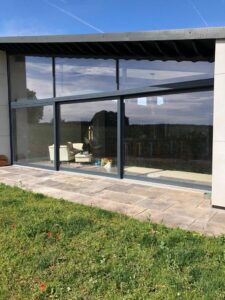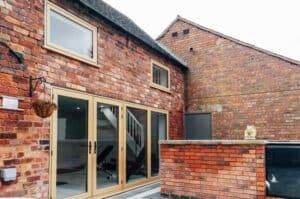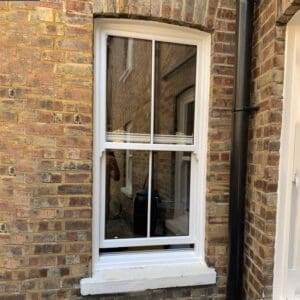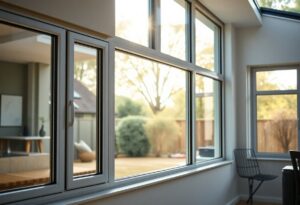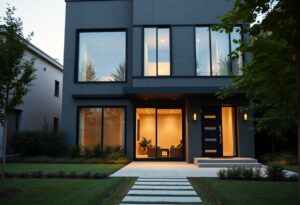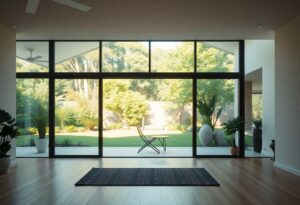Albeit seldom discussed, the decision between retrofitting and new window installation is a critical one for both homeowners and businesses. Each option bears its own advantages and drawbacks, and it is vital to be well-informed before making a choice. Retrofitting involves installing new windows into pre-existing window frames, while new window installation entails completely replacing the frame and window. This article will delve into the key differences between the two methods and weigh their pros and cons.
For a comprehensive understanding of the topic, it is advisable to explore The Difference Between Retrofit Windows and New Construction. This resource offers valuable insights into the intricacies of retrofitting and new window installation.
Key Takeaways:
- Retrofitting: Retrofitting windows can be a cost-effective way to improve energy efficiency and aesthetics without the need for extensive construction work.
- New Window Installation: Installing new windows offers the opportunity to customise the design and materials for better performance and appearance, but it often comes with a higher price tag.
- Energy Efficiency: Both retrofitting and new window installation can significantly improve energy efficiency, reducing heating and cooling costs in the long run.
- Maintenance: Retrofitting may require less maintenance compared to new window installation, as existing structures are utilised rather than replaced entirely.
- Aesthetics: While retrofitting can enhance the appearance of existing windows, new installations offer greater flexibility for achieving a specific aesthetic vision.
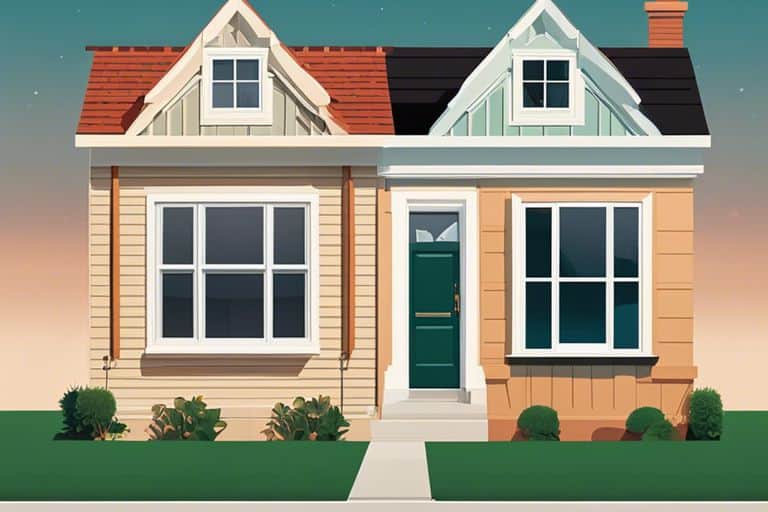
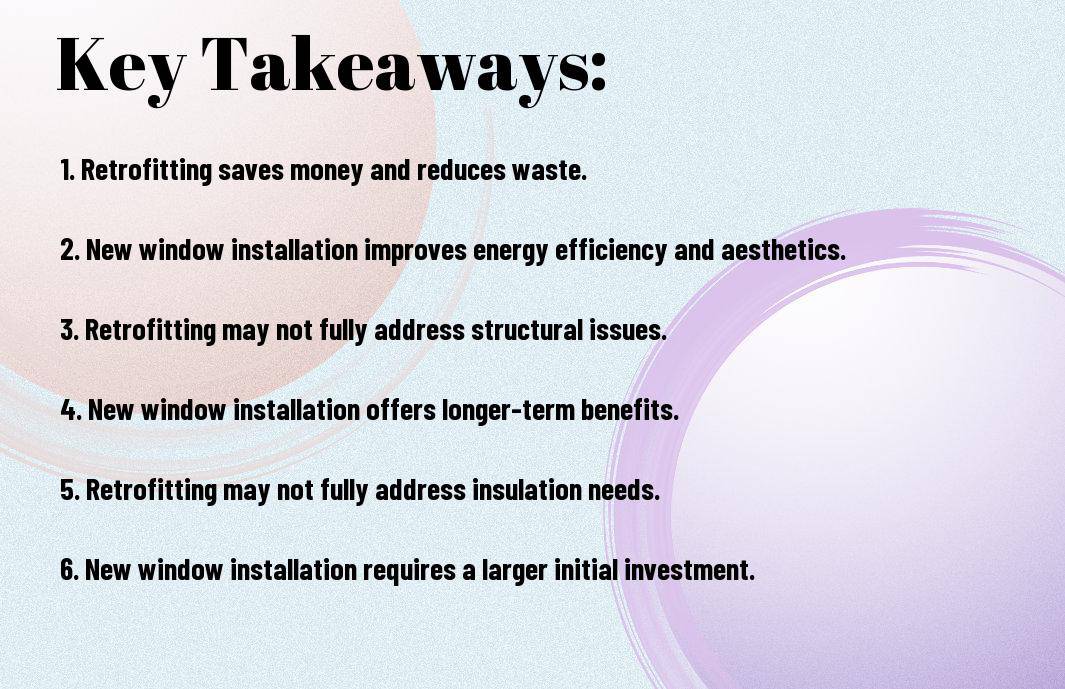
Understanding Retrofitting
When considering whether to retrofit or install new windows, it is important to understand the process and implications of retrofitting. To gain a comprehensive understanding of this, one must consider The Pros And Cons Of Retrofit Window Replacement.
Definition and Process of Retrofitting Windows
Retrofitting windows involves updating or replacing certain components of the existing window without completely removing the frame. This process typically includes installing new glazing, sashes, or hardware while leaving the original frame intact. The goal is to improve energy efficiency and functionality without disturbing the surrounding wall.
The process of retrofitting windows requires careful measurement, precise installation, and expertise in handling older structures.
Advantages of Retrofitting
Retrofitting windows can offer several benefits, including improved energy efficiency, cost savings, and preservation of the existing aesthetic. By addressing specific components rather than replacing the entire window, homeowners can save on costs and maintain the original character of their home.
Additionally, retrofitting windows can be a more sustainable option as it reduces the need for new materials and minimises construction waste.
When retrofitting windows, homeowners must consider the condition of the existing frame and the potential limitations in upgrading certain features. Additionally, retrofitting may not provide the same level of insulation and performance as a completely new window installation.
Disadvantages of Retrofitting
One of the main disadvantages of retrofitting windows is the potential limitations in addressing structural issues and providing comprehensive improvements. Additionally, retrofitting may not provide the same level of insulation and performance as a completely new window installation.
It is important for homeowners to weigh the advantages and disadvantages of retrofitting windows and consider consulting with a professional to determine the best course of action based on their specific needs and the condition of their existing windows.

Considering New Window Installation
When it comes to replacing windows, there are various factors to consider. One option is new window installation, which involves completely removing the existing window and installing a new one. This approach offers its own set of advantages and disadvantages compared to retrofitting existing windows. To delve deeper into this topic, you can also refer to discussions on Retrofit vs new construction vs block – Replacement Windows.
Advantages of New Window Installation
One of the key advantages of opting for new window installation is the opportunity to install the latest window technology, such as energy-efficient glazing and advanced security features. Additionally, new installations allow for complete customization in terms of design, size, and material, providing the homeowner with the flexibility to achieve their desired aesthetic and functional goals.
Disadvantages of New Window Installation
However, new window installation may require significant structural changes to accommodate the new window, resulting in additional time and cost. Furthermore, the process can be more disruptive than retrofitting, as it involves extensive construction work and potential adjustments to interior finishes.
It’s important to carefully weigh the advantages and disadvantages of new window installation before making a decision, as it can have a long-term impact on the aesthetics, energy efficiency, and functionality of your property.
Comparing Costs and Long-Term Benefits
In this chapter, we will compare the costs and long-term benefits of retrofitting existing windows with new window installation. This will help you make an informed decision about which option is best for your property.
| Retrofitting | New Window Installation |
Cost-Benefit Analysis of Retrofitting
Retrofitting existing windows involves updating the existing frame and glass with modern, energy-efficient materials. While the initial cost may be lower than installing new windows, the long-term benefits include improved energy efficiency, reduced utility bills, and potential increase in property value. However, retrofitting may not completely solve issues with drafts or damage to the existing frame.
Cost-Benefit Analysis of New Window Installation
New window installation involves removing the existing window and installing a completely new frame and glass. The initial cost may be higher than retrofitting, but the long-term benefits include improved energy efficiency, reduced maintenance, and better aesthetic appeal. Additionally, new window installation can address any structural issues with the existing window frame, providing a long-term solution.
It’s important to consider factors such as the age of the property, the condition of the existing windows, and the overall budget for the project when deciding between retrofitting and new window installation.
By weighing the costs and benefits of retrofitting and new window installation, you can make an informed decision about the best option for your property. It’s important to consider factors such as the age of the property, the condition of the existing windows, and the overall budget for the project. The long-term benefits of improved energy efficiency, reduced utility bills, and potential increase in property value are also key considerations.
Final Considerations and Decision-Making
When it comes to deciding between retrofitting and new window installation for your property, there are several factors that need to be taken into consideration. Making the right decision requires careful assessment of your property’s needs, legal and regulatory considerations, as well as your personal preferences and goals for window upgrades.
Assessing the Needs of Your Property
Before making a decision, it’s crucial to assess the specific needs of your property. Factors such as the age and condition of your current windows, as well as any existing structural issues, will impact the choice between retrofitting and new installation. Consider the energy efficiency and insulation requirements of your property to ensure the most suitable option for your needs.
Legal and Regulatory Considerations
When considering window upgrades, it’s important to be aware of any legal and regulatory considerations that may impact your decision. Planning permissions, building regulations, and conservation area restrictions must be carefully considered to avoid any potential setbacks or fines. It is crucial to ensure that any work carried out complies with relevant standards and regulations to avoid any legal complications in the future.
It’s important to consider local conservation area restrictions and building regulations to avoid any potential issues.
Personal Preferences and Goals in Window Upgrades
Personal preferences and specific goals for window upgrades play a significant role in the decision-making process. Whether you prioritise aesthetics, functionality, or long-term savings, understanding your personal preferences and goals will help in determining the most suitable solution for your property. Consider the visual impact, maintenance requirements, and potential return on investment in line with your personal preferences and goals.
Understanding your personal preferences and goals will help you make an informed decision based on your specific priorities.
Conclusion: Pros and Cons of Retrofitting vs. New Window Installation
In conclusion, both retrofitting and new window installation have their own set of advantages and disadvantages. Retrofitting offers a cost-effective solution with minimal disruption to the existing structure, making it a popular choice for older buildings. However, it may not provide the same level of energy efficiency and aesthetic appeal as new window installation. On the other hand, new window installation offers improved insulation and a fresh, modern look, but it comes with a higher price tag and may require more extensive work. Ultimately, the decision between retrofitting and new installation should be based on the specific needs and goals of the property owner, weighing the advantages and disadvantages carefully. Consulting with a professional window contractor can help in making the right choice for your property.
FAQ
Q: What are the pros and cons of retrofitting windows?
A: Retrofitting windows can be a cost-effective option, as it involves using the existing window frame. However, it may not provide the same energy efficiency as new window installation.
Q: What are the pros and cons of new window installation?
A: New window installation can offer better energy efficiency and improved aesthetics. However, it can be more expensive and may require additional work to install.
Q: Which option is more environmentally friendly?
A: Retrofitting windows is generally considered more environmentally friendly, as it reduces the amount of waste produced during installation. New window installation may involve more materials and waste.
Q: Will retrofitting or new installation offer better insulation?
A: New window installation typically provides better insulation, as it involves replacing the entire window unit, including the frame. Retrofitting may not offer the same level of insulation.
Q: Which option is more suitable for historic buildings?
A: Retrofitting windows is often preferred for historic buildings, as it allows the original character of the windows to be maintained. New window installation may alter the appearance of these buildings.


